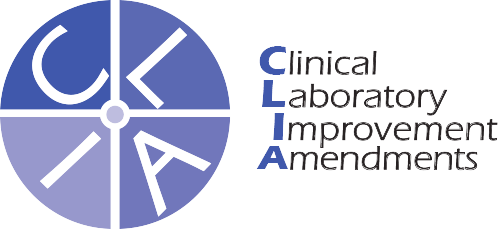Interstitial Cystitis (IC)
Interstitial cystitis (IC), also known as bladder pain syndrome (BPS), is a chronic condition that affects the bladder and causes pain, discomfort, and other urinary symptoms. It is a complex disorder that can significantly impact a person’s quality of life. IC is more common in women, although it can affect individuals of any gender.
Symptoms
The symptoms of interstitial cystitis can vary from person to person and can range from mild to severe. Common symptoms include:
- Chronic pelvic pain, often described as aching, burning, or pressure in the lower abdomen or pelvic region.
- Urgency to urinate, often accompanied by a feeling that the bladder is full even after urination.
- Frequent urination, with some individuals experiencing the need to urinate as often as 40-60 times a day.
- Pain during sexual intercourse (dyspareunia).
- Pain and discomfort in the pelvic area that may worsen as the bladder fills and improve after urination.
Causes
The exact cause of interstitial cystitis is not fully understood. It is believed to result from a combination of factors, including bladder lining defects, inflammation, nerve dysfunction, and autoimmune responses.
Diagnosis
Diagnosing interstitial cystitis can be challenging because its symptoms can overlap with other conditions. A healthcare provider will typically perform a comprehensive assessment, including a medical history, physical examination, and sometimes tests such as urine analysis, cystoscopy (examining the bladder with a camera), and excluding other potential causes of symptoms.
Treatment
The goal of treatment for interstitial cystitis is to manage symptoms and improve the patient’s quality of life. Treatment approaches may include:
- Lifestyle Modifications: Avoiding triggers like caffeine, acidic foods, alcohol, and artificial sweeteners.
- Bladder Training: Learning techniques to increase the time between urinations and gradually stretch the bladder.
- Medications: Pain relievers, medications to help calm bladder muscles, and bladder-instilled medications (directly into the bladder) may be prescribed.
- Physical Therapy: Pelvic floor physical therapy can help relieve muscle tension and pain in the pelvic region.
- Dietary Changes: Certain dietary changes can help alleviate symptoms for some individuals.
- Intravesical Therapy: Instilling medications directly into the bladder to reduce inflammation and pain.
- Nerve Stimulation: Sacral nerve stimulation or neuromodulation can help manage symptoms by altering nerve signals to the bladder.
- Surgery: In severe cases, surgery might be considered, but it is usually reserved for those who have not responded to other treatments.
Prognosis
Interstitial cystitis is a chronic condition, and the course of the disease can vary. Some people experience periods of remission, during which symptoms improve or disappear, while others may have persistent symptoms.
If you suspect you have interstitial cystitis or are experiencing symptoms consistent with the condition, it’s important to consult a healthcare provider, preferably a urologist or a specialist in pelvic pain. They can provide a proper diagnosis, recommend appropriate treatment options, and help you manage the condition effectively.
Accredited By




